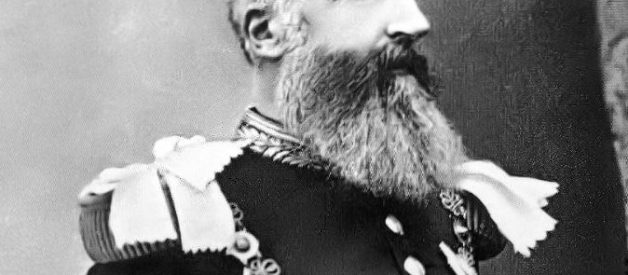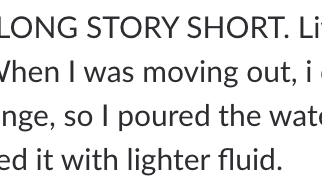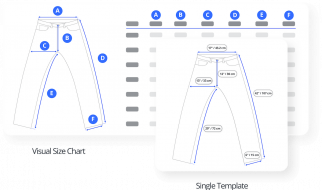Belgian King Leopold II committed atrocities against the native population in Congo ? his personal colony.
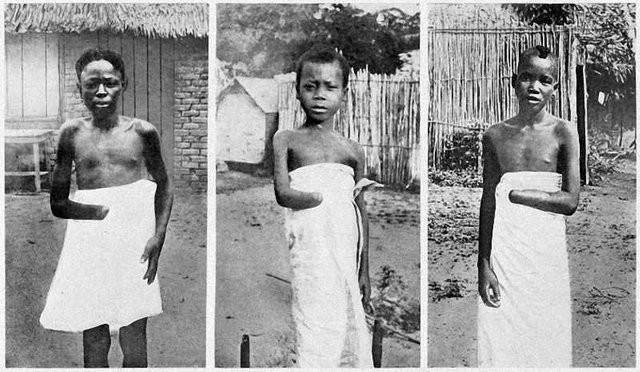 Mutilated children (Image:allthatsinteresting.com)
Mutilated children (Image:allthatsinteresting.com)
Did you know?
- The colony of Congo was 76 times larger than Belgium
- Leopold II left a vast amount of wealth to his 40 years younger mistress
- Leopold II built commissioned a lot of buildings and urban projects. Most of them were paid with brutal exploitation of Congo
- Capital of Belgium, Brussels, is the seat of European Union
Who was Leopold II?
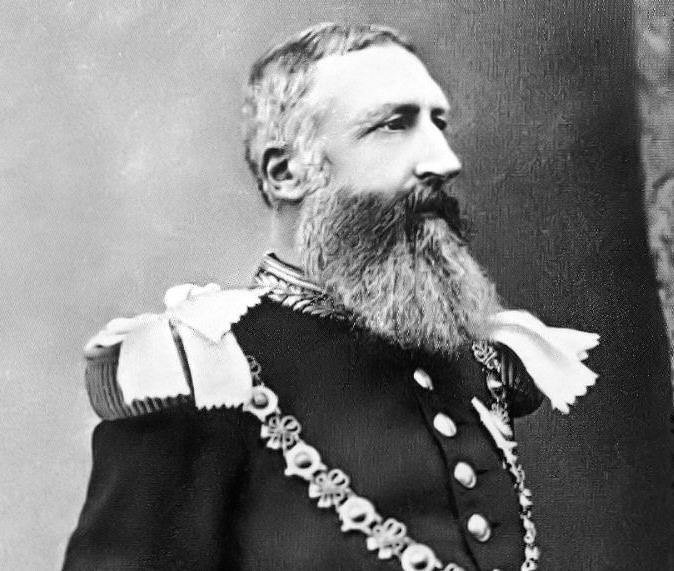 Leopold II (Image: Wikimedia Commons)
Leopold II (Image: Wikimedia Commons)
Today he is remembered as a Builder King due to numerous beautiful buildings in Brussels and around Belgium he commissioned and paid for. Amongst the most grandiose buildings are Cinquantenaire in Brussels, Avenue Louise in Brussels, and Royal Greenhouses of Laeken. However, what tends to be forgotten is his bloody role in the Belgian colonization of Congo.
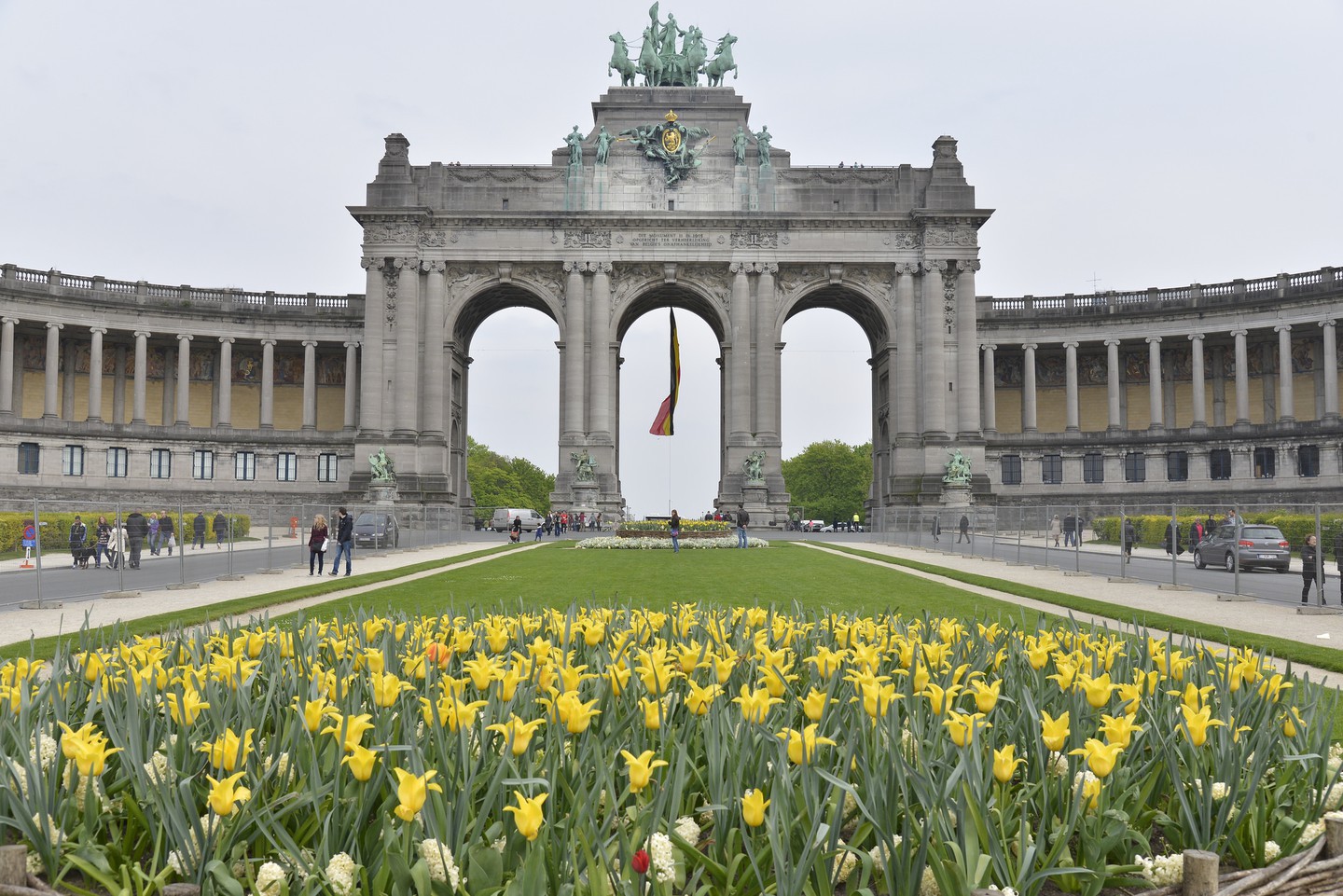 Cinquantenaire in Brussels was built by Leopold II (Image:Stephane Mignon/Flickr)
Cinquantenaire in Brussels was built by Leopold II (Image:Stephane Mignon/Flickr)
How Leopold II got to his own colony ? Congo Free State?
Leopold II always thought big. He believed Belgium should own a colony. First, he tried to obtain the Philippines as a colony from Spain. He failed due to a lack of funds and abdication of Queen of Spain, Isabella II.
In 1876 Leopold II established the International African Association which would serve as a front organization, perpetuating humanitarian and altruistic projects, but in reality, it was just a cover used by Belgium king to colonize a large part of Central Africa.
I undertook the work of the Congo in the interest of civilization and for the good of Belgium ? Leopold II of Belgium
Leopold II used explorer Henry Morton Stanley to lay claim on the area of the modern-day Democratic Republic of Congo. He would name the area Congo Free State. At Berlin conference in 1884?85 European nations and the United States, believing Leopold II dedicated life to improving living conditions in Congo, approved his claim on the territory.
Belgian government lent money for Leopold?s activities in Congo. Consequently, Leopold personally owned a colony.
What happened next was a far cry from official stories of altruism and humanitarian efforts Leopold?s propaganda was spreading across Europe.
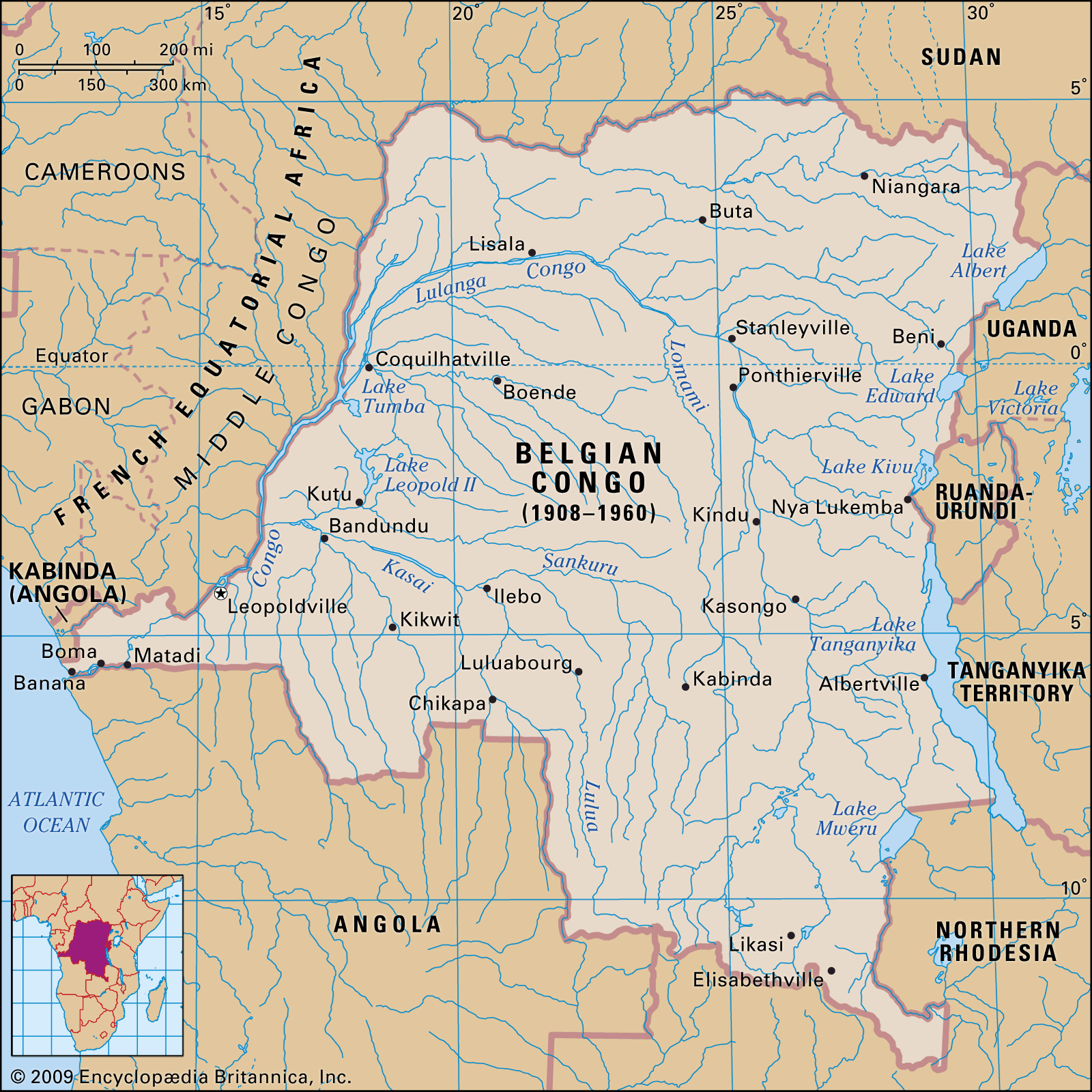 Belgian Congo (Image: Encyclopedia Britannica)
Belgian Congo (Image: Encyclopedia Britannica)
The bloody story of the colonization of Congo
In order to repay a debt to the Belgian government and gain personal wealth, the administration of Congo aimed towards extracting as much money as possible from the colony.
Leopold II established a system of organized brutality, characterized by murder, torture, and raping. Approximately 10 million Congolese people died.
Leopold II established his own private army of mercenaries? Force Publique. He used his army to coerce natives of Congo into forced labor. Armed with modern weapons army of mercenaries routinely tortured hostages, slaughtered entire families, and raped Congolese people.
In the beginning, the main source of income was ivory. But when demand for rubber increased, Leopold turned his attention to the collection of sap from rubber plants.
Natural rubber is collected by tapping the bark with a small hatchet. The position and depth of cuts is vital, done wrongly it can stop growth or even kill a tree. Tree drips latex for about four hours, stopping as latex coagulates naturally. Tappers usually start working in the morning and collect the liquid at midday.
However, in Congo, we can find species of liana plants (Landolphia owariensis) which also produces rubber. These lianas were found in the jungle.
Usually, lianas would be tapped and rubber collected in containers bellow. However, it was reported workers would slash at lianas and lather their bodies with rubber. When latex hardened it was peeled of worker?s skin. The method was very painful since it took off also worker?s hair.
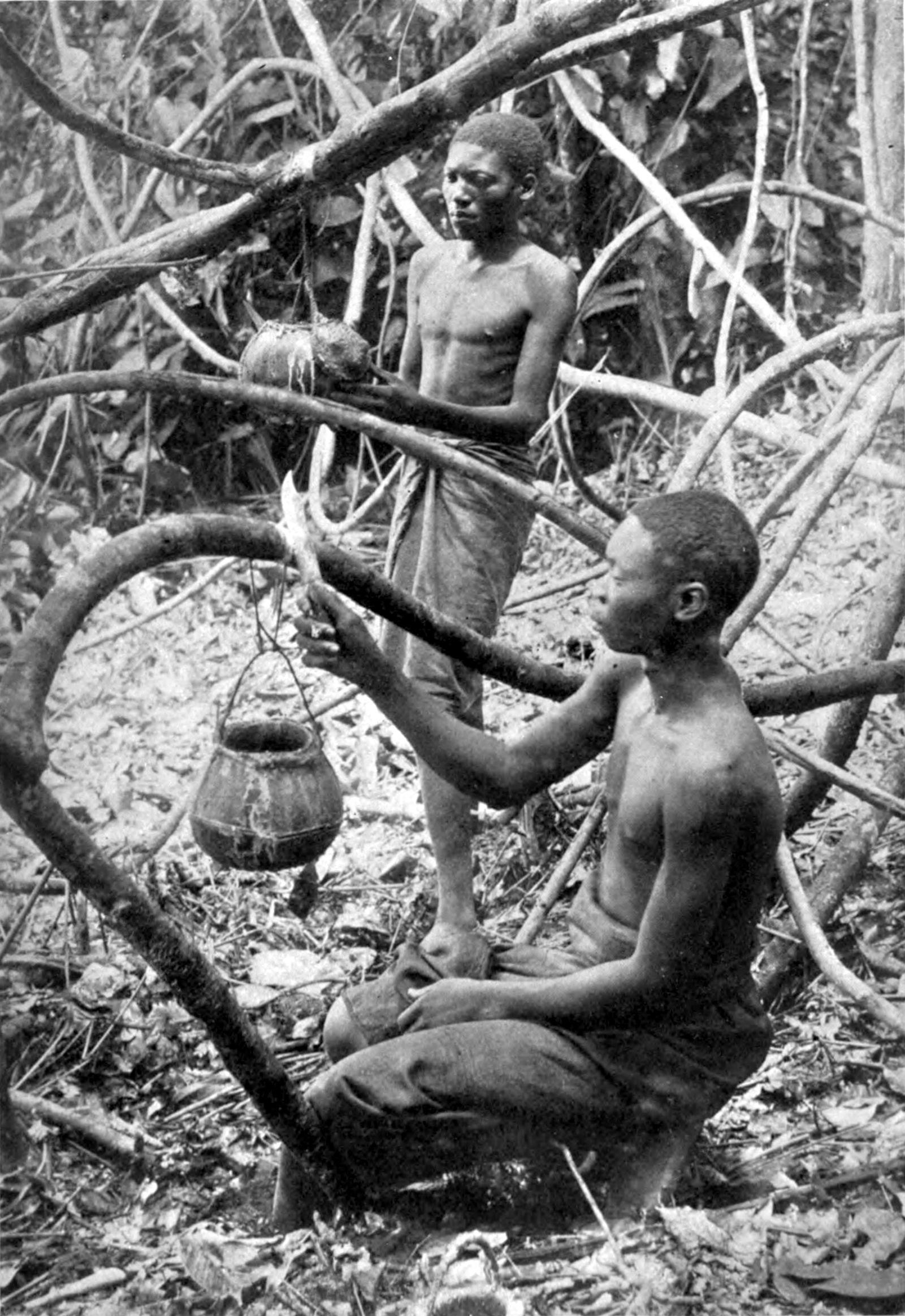 Collection of natural rubber (Image: Wikimedia Commons)
Collection of natural rubber (Image: Wikimedia Commons)
Natives were severely punished if they didn?t meet production quotas. A common approach was to mutilate children in case their parents didn?t collect enough rubber.
Soldiers often came back from raids with baskets full of chopped-off hands. Villages that resisted were destroyed entirely. Since men were forced to collect rubber, there was no one to work on farms. Additionally, soldiers would steal food and farm animals. Consequently, a huge number of people died from famine.
Leopold II sanctioned the collection of child colonies. Congolese children were kidnapped and sent to schools to learn how to work or be soldiers. Most of them died of disease and forced marches.
In fact, when the Belgian government learned about atrocities, they forced Leopold II to cede control of Congo in 1908. The government paid more than 200 million francs to obtain control of the colony. 50 million francs went directly in Leopold?s pocket.
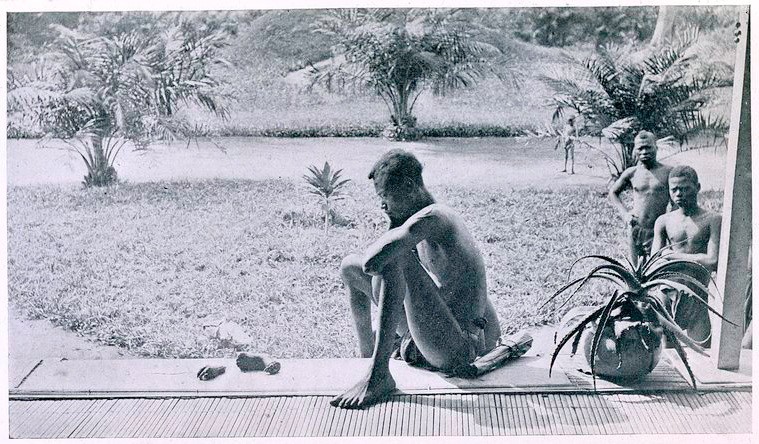 Father looks at the hand and foot of his five-year-old daughter. They were cut off because he didn?t meet production quota for rubber (Image: Wikimedia Commons)
Father looks at the hand and foot of his five-year-old daughter. They were cut off because he didn?t meet production quota for rubber (Image: Wikimedia Commons)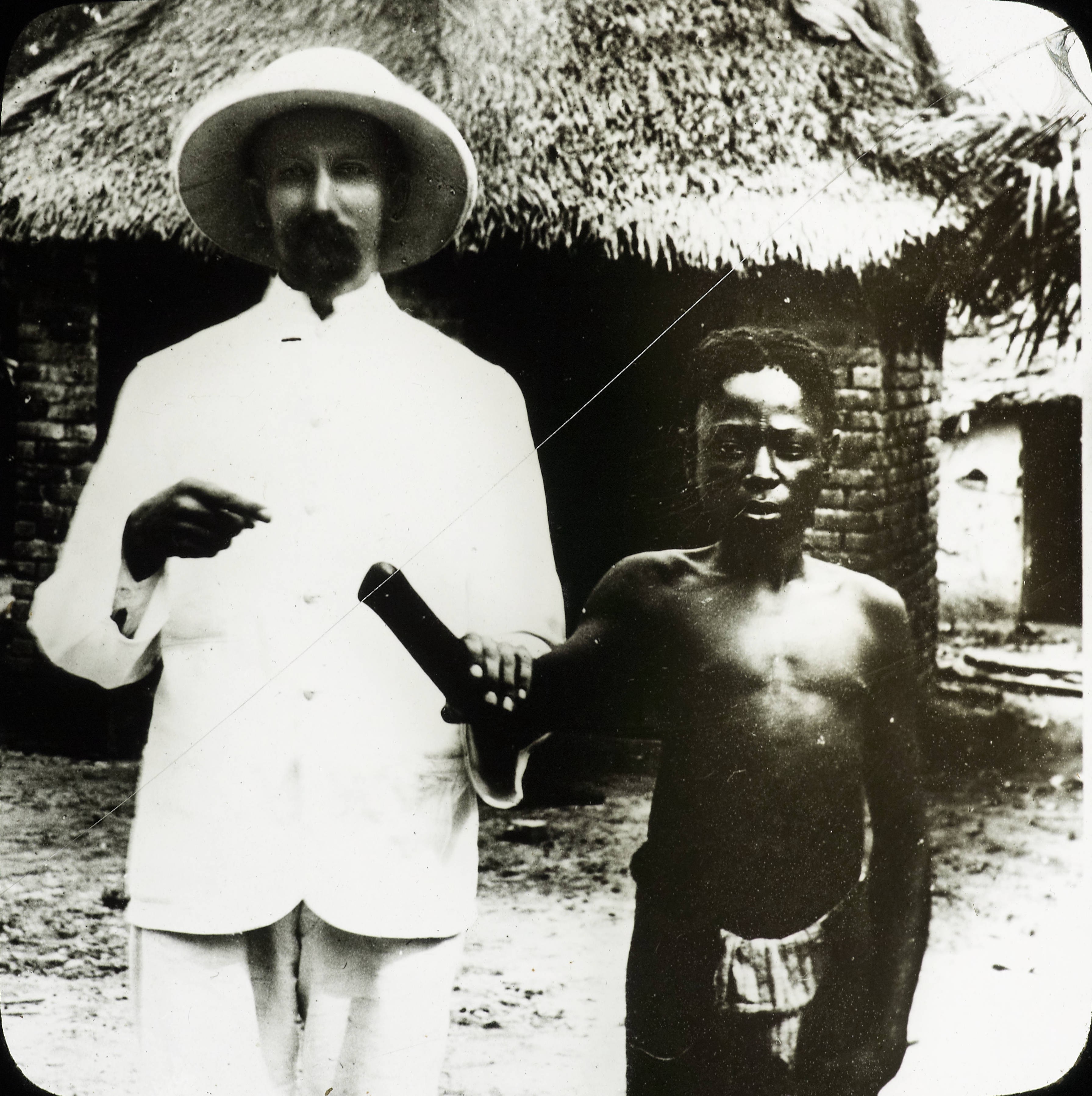 Victim of atrocities with missionary (Image: Wikimedia Commons)
Victim of atrocities with missionary (Image: Wikimedia Commons)
Definitely Belgium is not the only country with bloody past, but what is interesting is how often this past tends to be forgotten. Walking among beautiful buildings of Belgium capital of Brussels, knowing those buildings were financed by the blood of Congolese people, will never be the same experience again.
We can?t change the past, yet this doesn?t mean we should forget the past.

